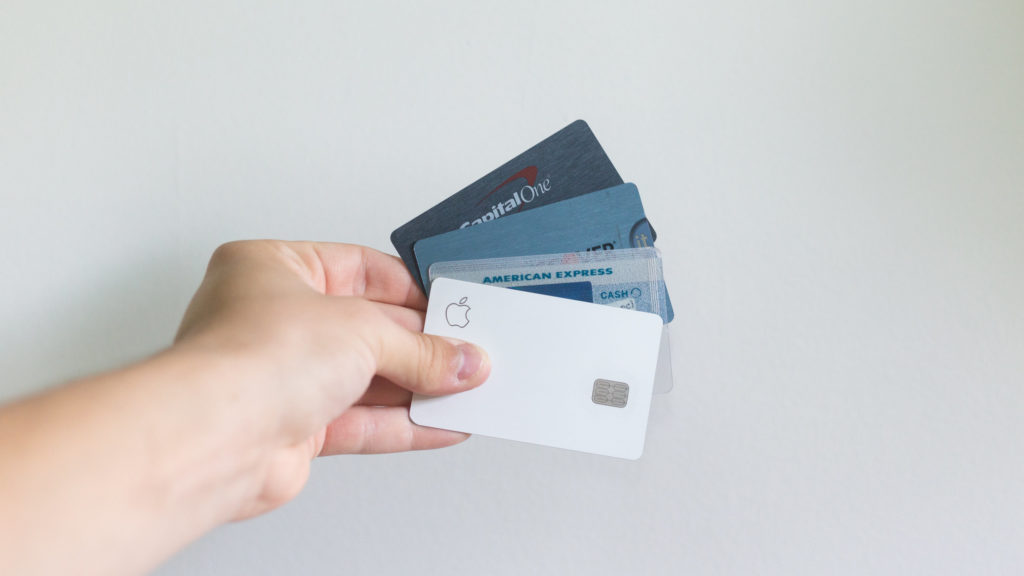Personal Finance
Escaping from the Debt Trap Part 2
If you’re coming to this from Part 1 of Escaping from the Debt Trap you will know the steps I took to get out of debt (if not, please go back and read that post first).
For a few months, I enjoyed a new kind of existence. The anxiety of being in debt lifted and I started repaying my school loans. Pretty soon, my buffer account was increasing by a couple of hundred dollars every month, and I even started mentoring a few friends to help them get out of their credit card debt. However, life had some other plans…
On the night of March 11th, 2011, there was a massive earthquake on the coast of Japan with the ensuing tsunami killing over fifteen thousand people. In Hawaii, we got an alert from the National Tsunami Warning Center in Ewa Beach warning us that we were also going to get hit.
Unfortunately, at the time of the warning, my shipmate and I were completely inebriated (read my book on Amazon, Following My Bliss – My journey through the bottles and out the other side) and in no fit shape to head out to sea (the correct procedure for a boat in a tsunami). Having only just come out of a horrible period of debt, we couldn’t afford repairs on our boat so only had one working engine. Not only that, but there was also a very strong wind. Weighing up the situation, we decided it was best not to tempt fate, or we might end up a washed-up wreck on the reef. We left the boat where it was.
That night, we learned a valuable lesson; don’t live your life so perilously close to the financial edge. My elation at being debt free was swept away when the tsunami hit the marina; it’s power churning our boat to pieces and nearly sending it to the seabed.
What did I do? In a feat of sheer naivety and on an adrenaline high, I took an old military landing craft out into the floating debris to rescue our boat. I discovered another boat’s mast was sticking through the side of our hull just above the waterline. Not only was the boat in danger but now I was too. Everything around me was crashing and banging together as the water receded and flooded back. Looking back, I’m not sure how it all happened, but the tide must have shifted, and somehow the mast dislodged itself from our boat, opening a window of opportunity. With sheer determination (and stupidity) I threw off the lines, lit up the engine, dodging the debris to bring our boat to shore.
However, when I got her back, I discovered that she was taking on water on the port side and that our pumps couldn’t cope. Without hesitation, I agreed to have the boat hauled out of the water and put in the boatyard for repairs. Hauling out and repairs cost me $10,000. I didn’t have that amount of cash and so out came the credit cards and the 29% interest again. As you can imagine, I was not only shattered, but all the old anxiety about debt instantly returned.
After finishing the repairs, we spent another two months anchored in the lagoon (the entire 150 dock marina was destroyed in the tsunami). With no shore power or water and the rolling motion of waves moving us back and forth and side to side – things went from bad to worse. In the end, I sold the boat for $10,000, and we spent a month sleeping on my future sister-in-law’s floor.
How did I get out of debt this time? These are the steps that worked for us:
1. Sell everything. Admit defeat.
2. Move in with my parents.
3. Get a decent job and rebuild the buffer.
4. Spend the next ten months paying off the debt.
As with my first post, none of this is rocket science and, while our situation was unique, it’s not unusual to find yourself back in debt after having worked so hard to get out of it before. But what got me from there to being able to retire* seven years later? My series of behavioral and mindset changes for the better…
My 6 behavioral steps to help you make changes for the better
- Lose your pride but not your confidence. Believing that you can get over a hurdle, no matter how big, is helpful. So is knowing when it’s time to call it quits.
- Be humble and gracious enough to accept help (in our case this meant moving in with my parents).
3. Get your head in the right place and allow yourself the mental space to plan your next move. You can only get the mental space you need if you are free of anxiety. (Refer to step 2)
- Start again. Pull out your asset and liability sheet and begin to rebuild your buffer.
- Learn from your mistakes but don’t dwell on them. Move on.
- Plan. Never get close to falling off that fiscal cliff again.
After a year of following the steps above, we were able to move on. We left my parents’ home with $10,000 in cash, $30,000 in school loans and a one-way ticket from the US to Australia!
Don’t miss Part 3, where I will share how and why perseverance is the key to success.
* I use this term loosely as I have no intention of returning to any traditional work.








